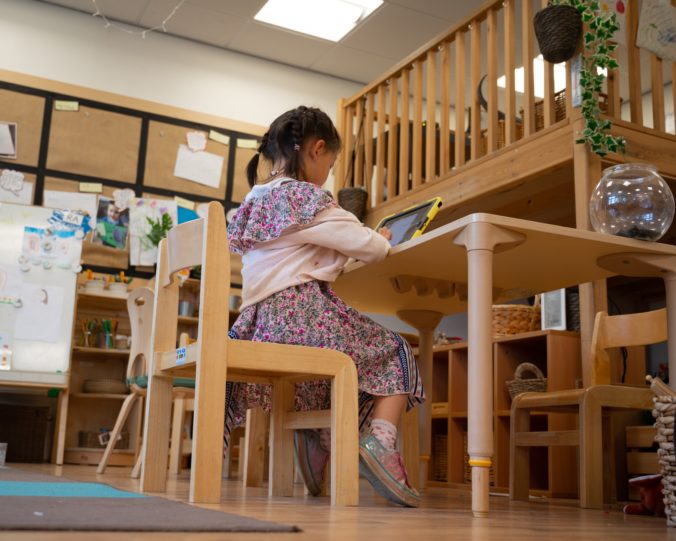How can teachers effectively build relationships by encouraging safe communication and interactions in K-12 online & open learning spaces? What did you already know, what do you know now based on the course readings and activities, what do you hope to learn?
Topic 1 Question Response:
Response Slides
Throughout my elementary and high school career I never truly engaged in purposeful online learning. It wasn’t until I began taking some upgrading courses after graduation that I participated in a course where the entirety of the material was presented online. These courses were mainly delivered using a learner-content interaction method as I was never given the opportunity to explore material alongside or communicate with an instructor nor fellow students.
With the recent events regarding COVID-19, I have been able to engage in various means of online learning as the end of the past school year moved online and future courses have gone digital. The courses I have taken have allowed me to engage in multiple means of interaction and learning experiences including learner- learner, learner – content, and learner- instructor. Each course uses different activities and modes of delivery to promote student engagement and encourage student interaction and collaboration. Personally, I have found that being able to interact and communicate with fellow students as well as having the ability to reach out and gain further explanation from an instructor throughout an online course allows me to ultimately better understand material and assignments given rather than attempting sift through and develop an understanding of the material alone.
The societal push for further online learning in the recent months has really emphasized the opportunities available for online learning in K-12 education as well as the benefits for developing an online presence. I have rarely seen students within the K-7 levels participate in structured online learning. As students now engage in digital learning on a daily basis, it has made students, parents, and teachers aware that learning can be fulfilling outside of the classroom as students are given more choices on how to complete projects and material as well as how they make their way through the material. Further, If educators can build an understanding for creating a strong online presence they may be able to foster relationships with their students that may further their academic success. For example, some students may feel more comfortable completing work online and communicating with their instructor digitally rather than face-face this could allow those students to deepen their understanding and develop a strong relationship with their instructor. Furthermore, if students are able to communicate with their fellow classmates and instructors they can build relationship that may allow them to gain better understanding of academic material as instructors can introduce the instruction in a variety of ways vis text, email, video, or face to face web video and peers can deepen discussion and inquiries that further learning.
References:
Garrett Dickers, A. (2018) Social Interaction in K-12 Online Learning. In R. Ferdig & K. Kennedy (Eds.), Handbook of research on K-12 online and blended learning (pp. 509-522 ). Pittsburgh, PA: Carnegie Mellon University ETC Press.

